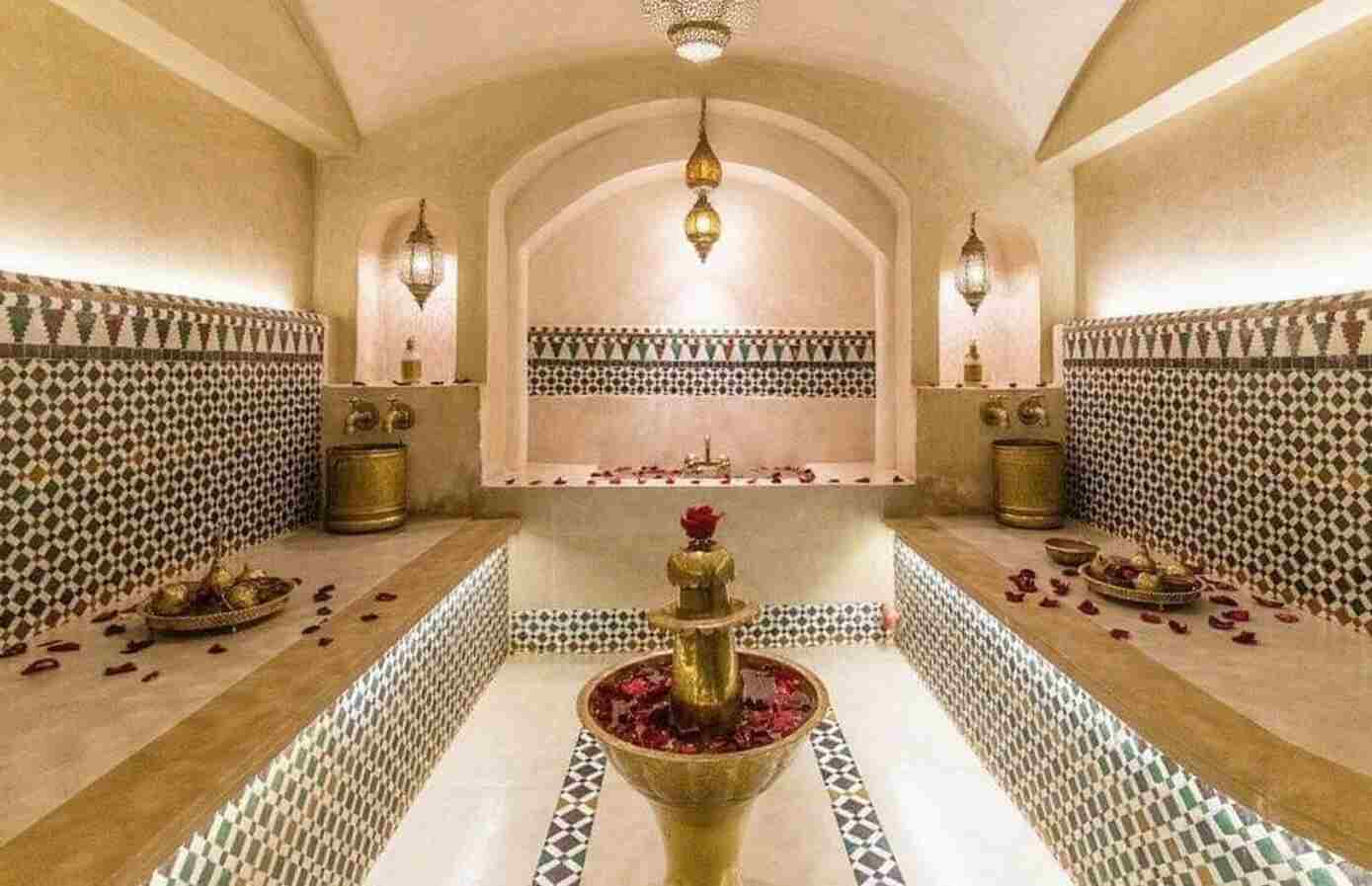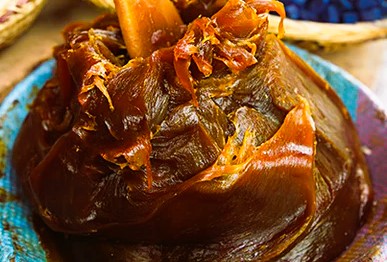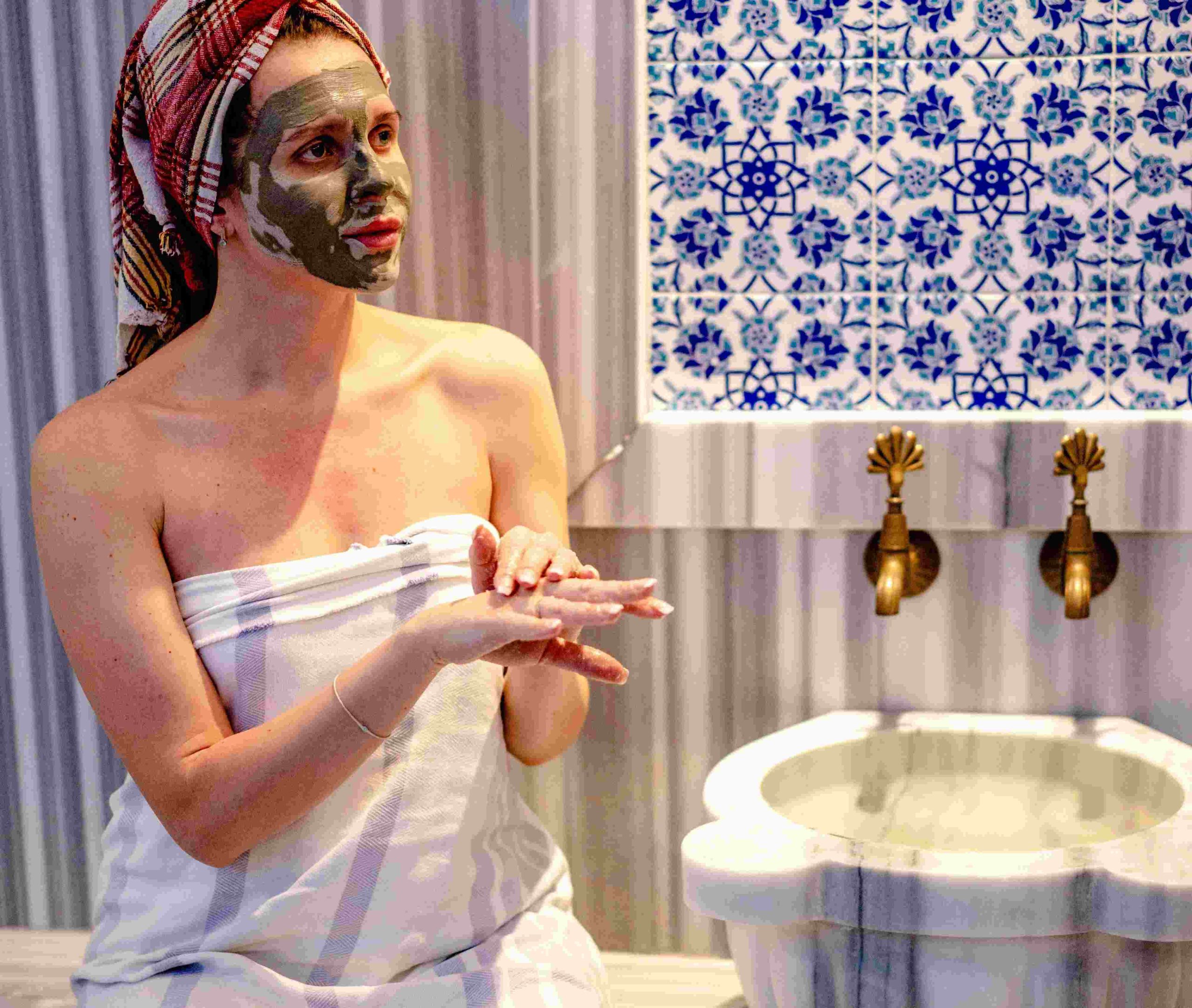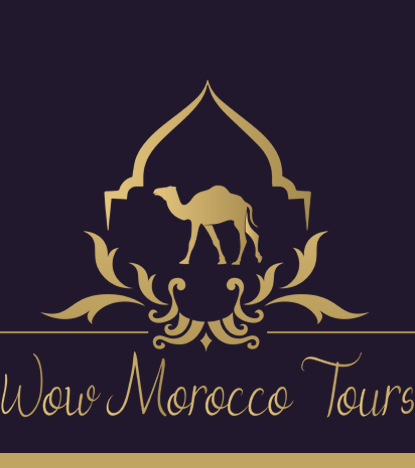
Moroccan Hammam: A Guide to Traditional Bathing Rituals
If you’ve ever been curious about the Moroccan hammam, you’re not alone. This centuries-old bathing ritual is one of Morocco’s most cherished cultural traditions. Rooted in purification, relaxation, and social connection, the Moroccan hammam is more than just a bath; it’s a holistic cleansing experience.
Whether you’re a traveler visiting Morocco or someone looking to recreate this practice at home, this guide to the Moroccan hammam will take you through its history, steps, benefits, etiquette, and how to make the most of your visit.
What Is a Moroccan Hammam?
The Moroccan hammam is a traditional steam bath influenced by Roman baths and Islamic purification practices. It typically involves a three-step cleansing process: steaming, scrubbing, and rinsing. Locals visit it weekly to detox, exfoliate, and unwind.
Unlike Western spas, the Moroccan hammam is a communal, often gender-segregated space. It’s a place where families gather, friends catch up, and self-care is sacred.

History of the Moroccan Hammam
The Moroccan hammam traces its roots to Roman bathhouses, brought to North Africa over 2,000 years ago. Over time, the Islamic emphasis on cleanliness transformed the hammam into a spiritual and cultural ritual. By the 12th century, almost every Moroccan medina featured at least one public hammam, usually located near a mosque or mosque complex.
Today, both urban and rural communities maintain this time-honored ritual, preserving its deep-rooted significance in Moroccan culture.
The Ritual: Step-by-Step Moroccan Hammam Experience
1. Preparation Before Entering the Hammam
Before entering a Moroccan hammam, you’ll need some essentials:
-
Black soap (savon beldi)
-
Kessa glove (exfoliating mitt)
-
Rhassoul clay (for hair and body)
-
Argan oil (for aftercare)
-
Towel, sandals, and change of clothes
2. The Steaming Room
Upon entering the Moroccan hammam, you’ll find yourself in a progressively hotter series of rooms. The goal is to sit and let your pores open from the steam. This stage relaxes the muscles and prepares the skin for deep exfoliation.
3. Black Soap Application
Apply the Moroccan black soap, a paste made from crushed olives, all over your damp skin. Let it sit for 10–15 minutes. This softens the skin, making it easier to scrub away dead cells.
4. Exfoliation with the Kessa Glove
This is the hallmark of the Moroccan hammam ritual. Using the Kessa glove, scrub your body in circular motions. You’ll likely see rolls of dead skin coming off—it’s both satisfying and effective!
5. Rhassoul Clay Mask
After exfoliating, apply Rhassoul clay, a mineral-rich mud from the Atlas Mountains, to cleanse and nourish the skin. It also serves as a hair mask, leaving your scalp refreshed and rejuvenated.
6. Final Rinse and Rest
Rinse thoroughly with warm water. Many hammams offer buckets for a traditional rinse or showers for convenience. Afterward, rest in the cooling area before dressing. Most visitors follow up with argan oil to hydrate and soften the skin.

Benefits of Visiting a Moroccan Hammam
Physical Benefits
-
Deep exfoliation removes dead skin and unclogs pores.
-
Improved circulation from steam and scrubbing.
-
Detoxification through sweating out impurities.
-
Skin nourishment from natural Moroccan products.
Mental and Emotional Benefits
-
Reduces stress and anxiety.
-
Encourages mindfulness and self-care.
-
Promotes better sleep.
Cultural and Social Benefits
-
Reinforces community ties.
-
Provides a space for bonding among women and families.
-
Preserves centuries-old traditions.

Moroccan Hammam Etiquette: What You Need to Know
Understanding the etiquette of the Moroccan hammam ensures a respectful and enjoyable experience:
Gender Separation
Most public hammams have separate hours or entrances for men and women. Always confirm schedules ahead of time.
What to Wear
Modesty is essential. Women usually wear underwear or a bathing suit bottom. Men may wear swim trunks.
Respect the Space
Speak quietly, follow the flow of the ritual, and be mindful of others. If you’re unsure about any step, attendants or locals are often happy to guide you.
Moroccan Hammam at Home: Recreate the Ritual
You don’t need to travel to Morocco to experience the benefits of a Moroccan hammam. Here’s how to do it at home:
Step-by-Step Home Hammam
-
Take a warm shower or sit in a steam room if available.
-
Apply black soap to damp skin and let it sit for 10 minutes.
-
Scrub using a Kessa glove.
-
Apply Rhassoul clay and leave it on for 15–20 minutes.
-
Rinse thoroughly and apply argan oil for moisture.
Creating a Moroccan hammam routine at home can help you maintain soft skin, reduce stress, and connect with a deeply rooted self-care practice.
Best Places to Try a Moroccan Hammam
If you’re visiting Morocco, don’t miss these authentic hammam experiences:
Traditional Hammams
-
Hammam Mouassine (Marrakech): One of the oldest public hammams.
-
Hammam Dar El-Bacha (Fes): Authentic and beautifully tiled interior.
-
Hammam Ziani (Casablanca): Known for excellent service and local vibe.
Luxury Spa Hammams
-
La Mamounia Spa (Marrakech): Combines traditional ritual with luxury.
-
Royal Mansour (Marrakech): Private hammam suites and premium products.
-
Les Bains de Marrakech: Popular with travelers, high-end experience.
Whether you prefer rustic charm or spa elegance, a Moroccan hammam is an unforgettable journey into Moroccan wellness.
Start Your Moroccan Hammam Journey Today
If you’re inspired to explore the rejuvenating world of the Moroccan hammam, don’t hesitate to reach out. Whether you have questions, need personalized recommendations, or want help planning your first hammam experience, we’re here to guide you every step of the way.
FAQs About Volubilis Morocco
How long does a Moroccan hammam session last?
A full session can last 1.5 to 2 hours, depending on the treatments.
Can tourists visit local Moroccan hammams?
Yes, many public hammams welcome tourists. Some offer English-speaking guides or attendants.
Is it safe for sensitive skin?
Most Moroccan products are natural and gentle. However, test black soap and Rhassoul clay on a small patch before full use if you have sensitive skin.
